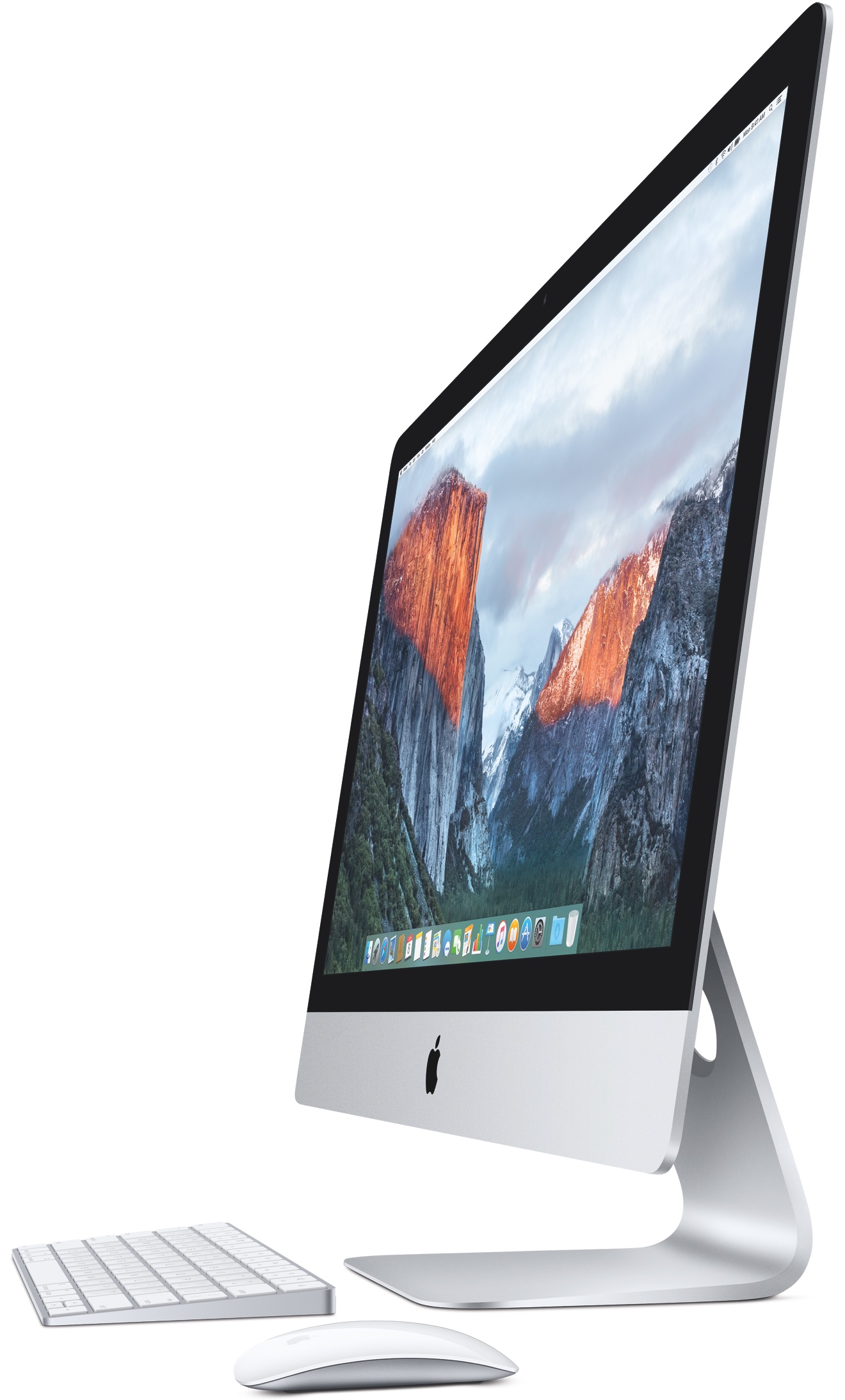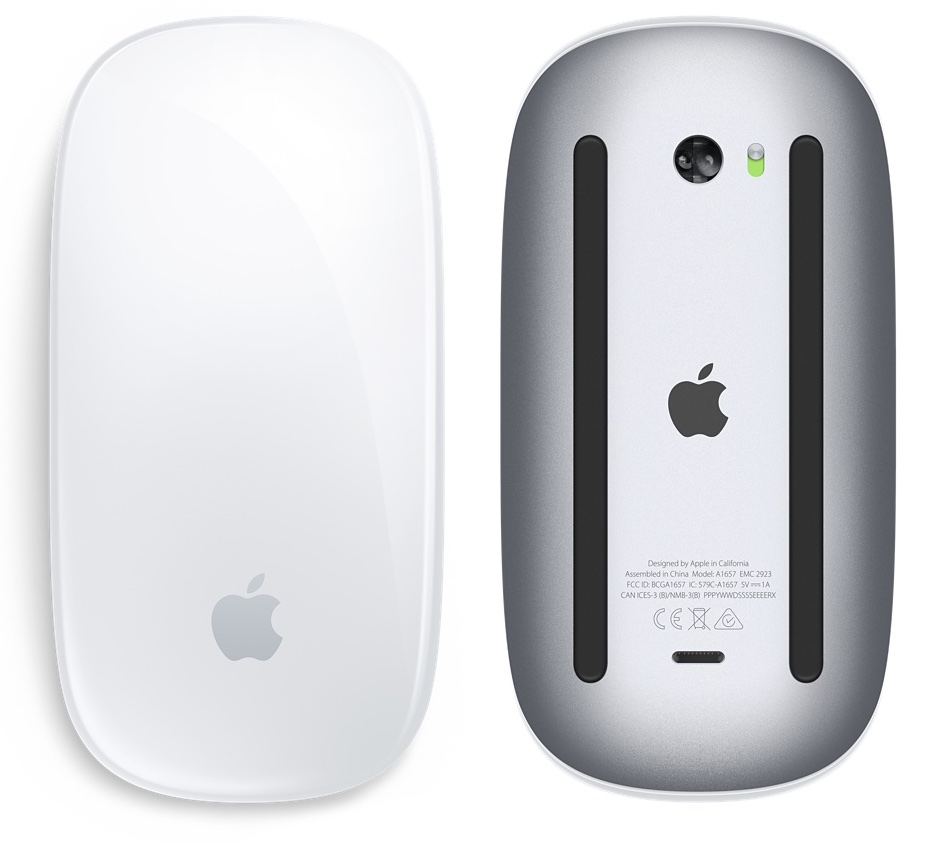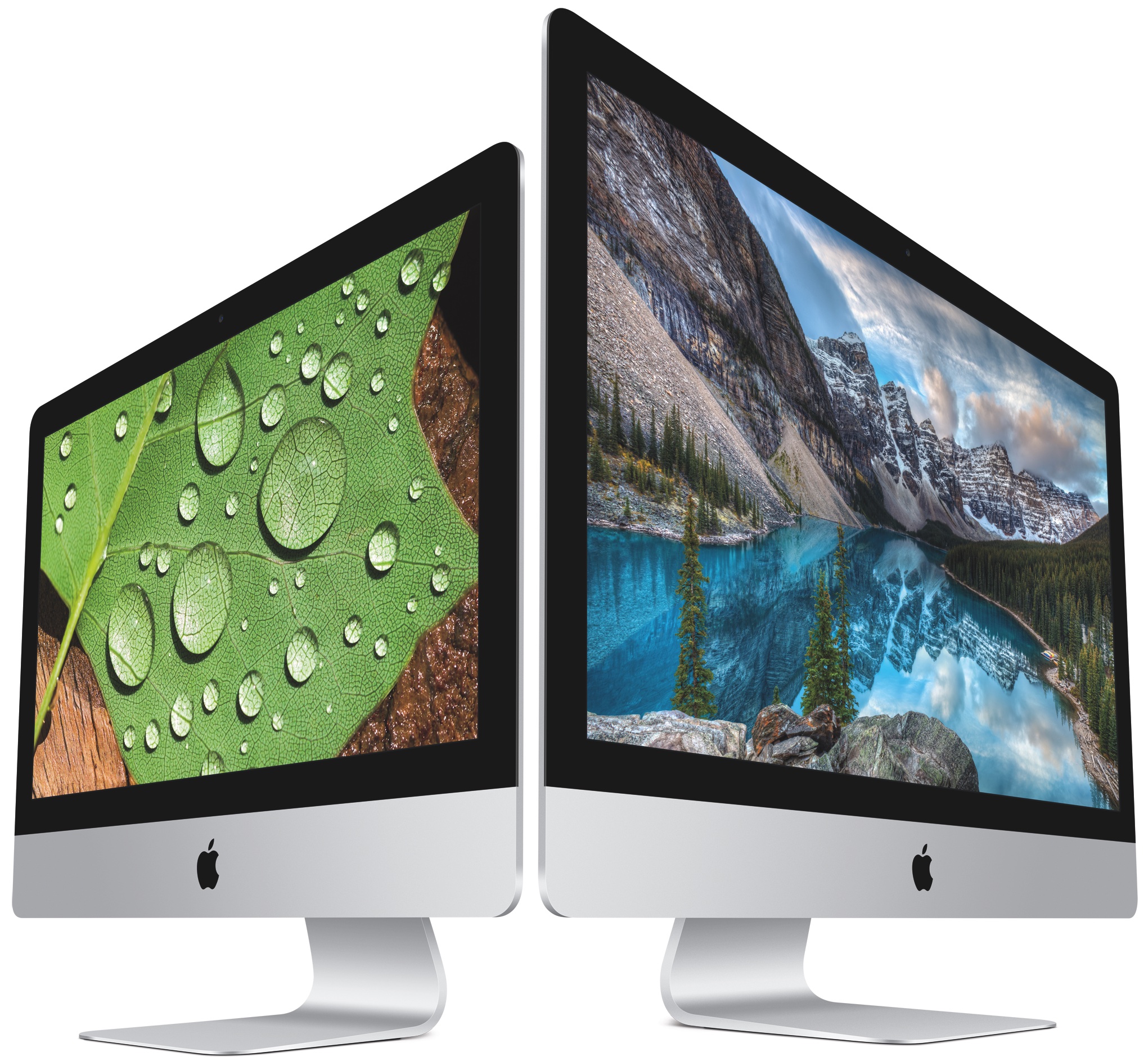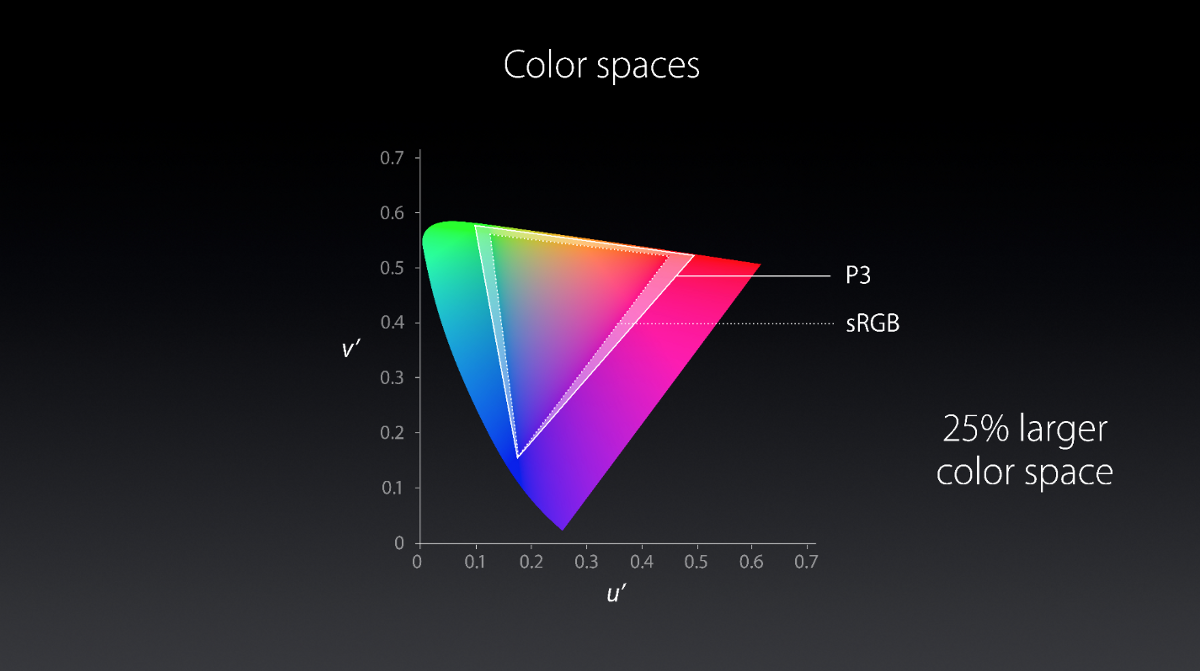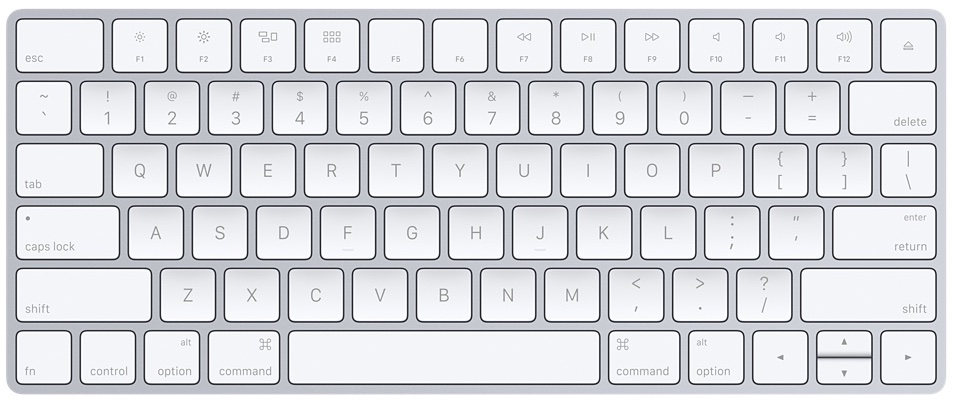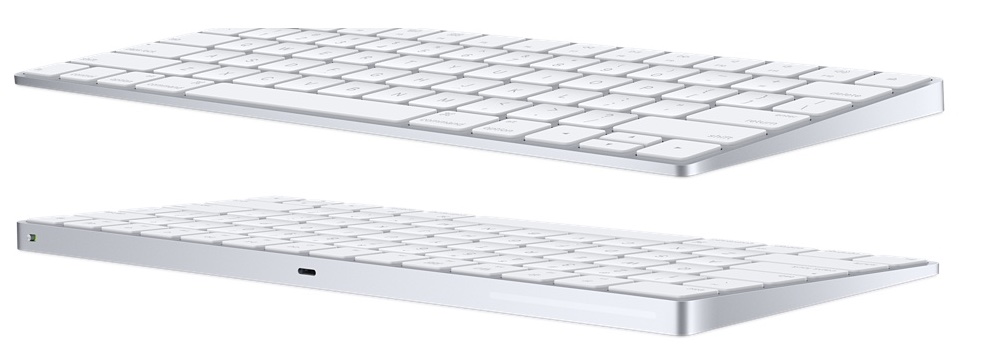As you know, the Apple news of the day is the official release of a much-improved 21.5-inch iMac with Retina 4K display, refreshed 27-inch iMacs and the new Magic Mouse 2, Magic Trackpad 2 and Magic Keyboard wireless accessories.
Speaking with Apple’s engineering leaders Kate Bergeron and John Terns, technology writer Steven Levy shared in a Medium article some rather interesting tidbits pertaining to creating the new iMacs and how members of Apple’s Input Design Lab tackled the design issues encountered while engineering the new Magic accessories.
Legendary attention to detail
During the engineering design phase, members of Apple’s Input Design Lab, located a few miles away from Apple’s Infinite Loop headquarters, discovered early on that they disliked the sound generated by the little polycarbonate runners on the bottom of the Magic Mouse 2.
Their solution: reshape the mouse’s high density polyethylene (HDPE) feet so that it rides more on the edge this time. “We changed the foot architecture,” says Bergeron, Apple’s VP for Ecosystem Products and Technologies.
“And it changed the friction characteristics of the sound.”
“When we did the previous mouse we spent so much time dialing those feet, the material, the geometry, everything, so that it sounds good and feels good when you move it on the table,” says Terns, whose title is VP for Mac, iPad, Ecosystem and Audio Engineering.
“But then you change the mass of the product and you change the resonant frequency of the product and all of a sudden the feet that we loved weren’t great anymore. They weren’t what we wanted.”
Talk about sweating the details!
Can you name any other company in the technology industry that would go to such great lengths just because its engineers thought the sound mouse produced when moved across the table was not right?
No convergence between iOS and OS X
Reiterating Tim Cook’s toaster-refrigerator dilemma on why iPads and Macs won’t converge, Apple’s marketing lead Phil Schiller told Levy that things are not that simple as merging Apple’s mobile and desktop operating system into one.
“We are in an amazing time where there are different ideas competing for your computing life. That’s great — we love that. And we have thought long and deep about what choices we want to offer customers,” he said.
“One is iPad — it can do many things you want to do on a PC, so many that people choose to make it their primary computing device, and it can do that. That’s more true with the iPad Pro than it’s ever been. But that’s not everybody. There are other people who will decide that nothing does the things they need in their lives as well as a Mac.”
So if the Apple Watch was designed to save you from pulling an iPhone out of your pocket and the iPhone is about putting apps in the palm of your hand and the iPad is about doing some things better than a laptop, what’s the job of the iMac?
“Its job is to challenge what we think a computer can do and do things that no computer has ever done before, be more and more powerful and capable so that we need a desktop because it’s capable,” said Schiller. “Because if all it’s doing is competing with the notebook and being thinner and lighter, then it doesn’t need to be.”
iMacs
Despite quarterly sales of about five million Macs, the platform has a single-digit unit share of the worldwide PC market. Still, Apple continues to care deeply about the product.
The new iMacs don’t just have more pixels, they use more advanced screen technology to deliver crisper images with more lifelike colors. According to Tom Boger, Apple’s Senior Director for Mac Hardware, this new technology allows for a bigger palette of colors going beyond 100 percent sRGB-compliant images.
Put simply, the new iMacs offer P3-based color gamut for a 25 percent larger color space. For those wondering, P3 was developed as a new color standard for Hollywood professionals and the film industry about a decade ago.
To achieve P3 compliance, Apple created a new way of coding the LED to generate high-intensity reds and greens that create the entire gamut of colors when passed through a color filter.
And in order to make this technology environmentally-friendly, they rejected a technology called quantum dot because it required cadmium, a toxic element.
By supporting P3, the new iMacs render more colors versus standard sRGB screens, resulting in images that are more vivid, with greater detail and more lifelike colors.
“The pros are so tuned to [color palettes], they will see it immediately,” says Croll. “The consumer will look at it and say, ‘Gee, I don’t really know why, but it looks better.’”
Magic accessories
As mentioned, the new wireless keyboard, mouse and trackpad have a Lightning port for recharging their built-in batteries with the included Lightning-to-USB charging cable. The Magic Trackpad 2 also integrates the Force Touch function.
In addition, each accessory is now paired instantly with a Mac as soon as it’s plugged in via the Lightning cable, eschewing the need for the manual Bluetooth pairing process.
Though unchanged from the outside versus the previous model, everything inside the Magic Mouse 2 is different. Much of that is contributed to Apple switching rom the previous replaceable alkaline batteries to rechargeable lithium-ion ones that allow A) a much better user experience, while B) lessening Apple’s toxic footprints.
Some other tidbits related to the Magic accessories:
- Internal accessory design had to be rethought from the ground up as a small bedroll at the top that held the batteries was no longer necessary.
- Removing the battery chamber from the wireless keyboard has allowed the team to shrink the device further while making the keys larger.
- The key caps on the Magic Keyboard are larger than on the previous model and use Apple’s San Francisco font.
- The border around the keyboard is minimized and the product weighs less than before while maintaining rigidity.
- Apple developed a Magic Keyboard prototype with even bigger keys.
- The Magic Mouse 2’s battery is custom-engineered to fit the cavity.
- The Bluetooth antenna inside the mouse has been revamped to mitigate the potential interference from the battery.
- The team used a dedicated machine to test mouse prototypes on different surfaces and measure the friction.
- Another machine and an anechoic chamber were used to measures the sound produced by the mouse.
- Surface area on the Magic Trackpad 2 is 29 percent bigger.
Each of the new Magic accessories takes about two hours to fully recharge via the USB port of your computer. Plugging an accessory into the USB port for just a minute gives you a half a day’s worth of work.
Wrapping up, rather than commit to a strict schedule, executives and designers at Apple told Levy they still hold on to the Orson Wellesian principle of no launch before its time, thought there are still deadlines to be met.
Source: Medium
